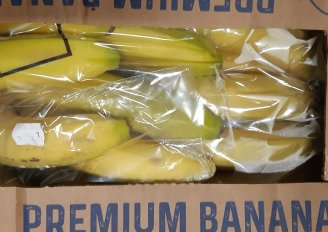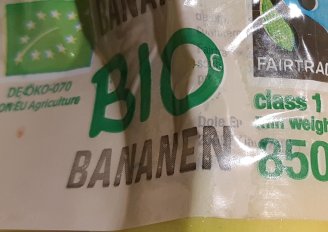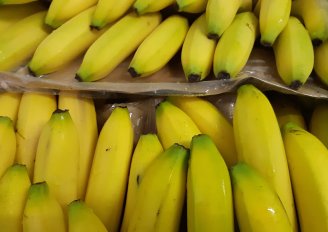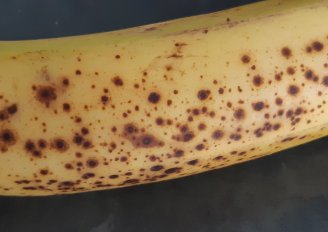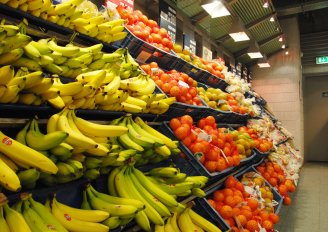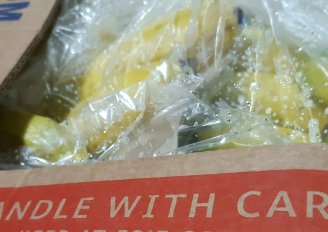
Retail practices for banana
Improved retail practices can lead to a higher quality of bananas and improve customer satisfaction. For the highest freshness on the shelf and to minimize waste, 'first-in first-out' management may be the best strategy. However, quality inspections may lead to other decisions. The staff must be well trained in handling the different types of fresh produce. They must realize that fresh products such as bananas are very susceptible to handling damage and to unfavourable conditions such as too low or too high temperature.

Good banana quality
Bananas are among the best-selling fresh products. Bright, clean, healthy ripe bananas attract the consumers attention. The preferences of customers differ, some like to buy yellow bananas while others prefer to buy bananas of greener colour, to enjoy them later. Offering both yellow bananas and bananas in a less advanced ripeness stage can serve multiple customer groups. The aim is to offer a constant product with good quality in appearance, taste and remaining shelf-life, and thereby less retail waste. The state of the banana in the retail phase (ripe) makes this fruit susceptible to handling damage. Retailers have an important responsibility as part of the supply chain to offer good quality bananas to consumers.
